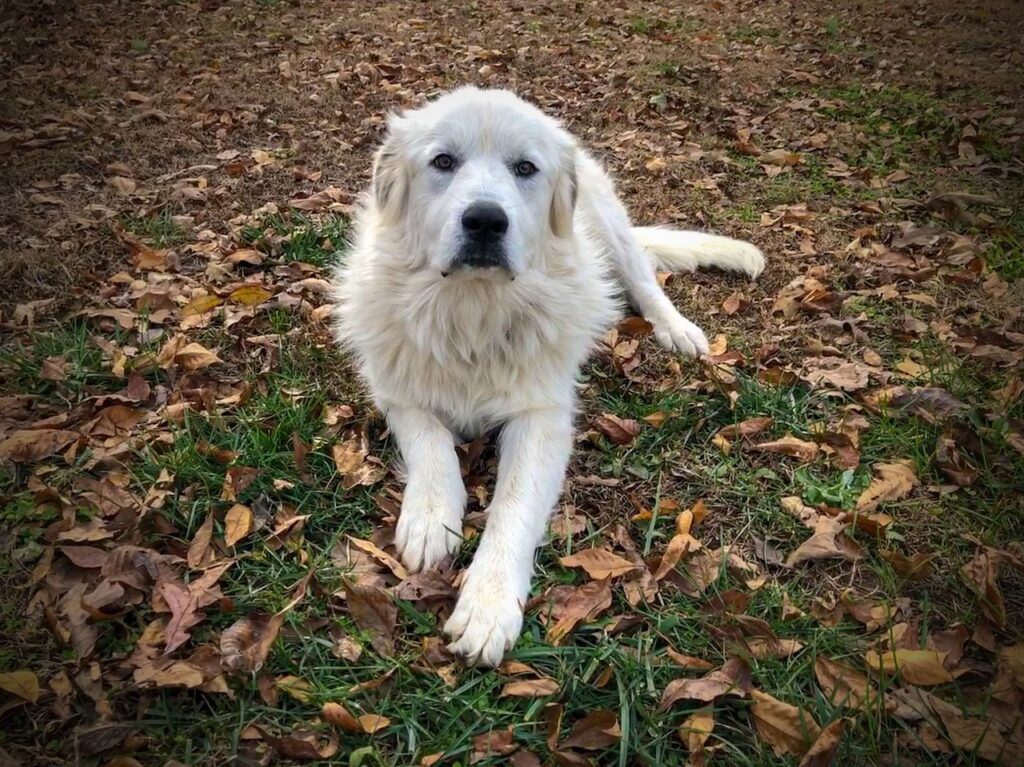
The world of canine companionship is vast and diverse, with each breed bringing its unique charm and characteristics. Among the multitude of dog breeds, the Great Pyrenees stands out as a majestic and noble breed known for its beauty, intelligence, and remarkable history. In this comprehensive blog, we will delve into the fascinating world of Great Pyrenees dogs, exploring their origins, physical attributes, temperament, and the joys of having them as loyal companions.
Origins and History:
The Great Pyrenees, often referred to as the “Pyrenean Mountain Dog” or simply the “Pyrenees,” is an ancient breed with its roots tracing back to the Pyrenees Mountains that straddle the border of France and Spain. These magnificent dogs were originally bred by shepherds to guard their flocks of sheep from predators, such as wolves and bears, in the rugged and challenging terrain of the Pyrenees.
This breed’s history as a guardian is evident in its protective instincts and strong sense of loyalty, traits that remain integral to the Great Pyrenees’ temperament even today.
Physical Attributes:
One of the most striking features of the Great Pyrenees is its impressive size. These dogs are large and powerful, with males typically standing between 27 to 32 inches at the shoulder and weighing anywhere from 100 to 160 pounds. Their robust build, coupled with a thick double coat, makes them well-suited to endure cold mountain climates.
The Great Pyrenees boasts a beautiful, all-white coat that is both weather-resistant and visually stunning. Their almond-shaped, dark brown eyes exude a gentle and intelligent expression, and their ears are V-shaped and lie flat against the head.
Temperament:
Great Pyrenees dogs are renowned for their gentle and calm disposition, making them excellent family pets and companions. Despite their imposing size, they are known as “gentle giants” for their affectionate and patient nature. They are particularly good with children, often assuming a protective role when it comes to their younger family members.
Their protective instincts, honed over centuries of guarding flocks, make them vigilant and watchful. They are known to be excellent watchdogs, alerting their owners to any potential threats. However, this protectiveness can sometimes translate into territorial behavior, so early socialization and training are crucial to ensure they are well-adjusted.
Living with Great Pyrenees:
Owning a Great Pyrenees can be a rewarding experience, but it’s important to be prepared for their specific needs. Here are some essential considerations:
- Exercise: Despite their large size, Great Pyrenees are not overly active dogs. They enjoy moderate exercise, such as daily walks and playtime, but they are not high-energy breeds. Be mindful of their joints, especially during growth stages.
- Grooming: Their thick double coat requires regular grooming to prevent matting and maintain their appearance. Brushing a few times a week is essential, with more frequent brushing during shedding seasons.
- Training: Early and consistent training is key to harnessing their protective instincts and ensuring they are well-behaved companions. Positive reinforcement methods work best with this breed.
- Healthcare: Like all breeds, Great Pyrenees dogs can be prone to certain health issues, including hip dysplasia and bloat. Regular veterinary check-ups and a healthy diet are vital for their well-being.
Conclusion:
In conclusion, the Great Pyrenees is a remarkable breed with a rich history as guardian dogs of the Pyrenees Mountains. Their majestic appearance, gentle temperament, and protective instincts make them a beloved choice for families and individuals alike. Whether you are seeking a loyal protector or a loving family companion, the Great Pyrenees can excel in both roles, leaving an indelible mark on the hearts of those fortunate enough to have them as part of their lives.
